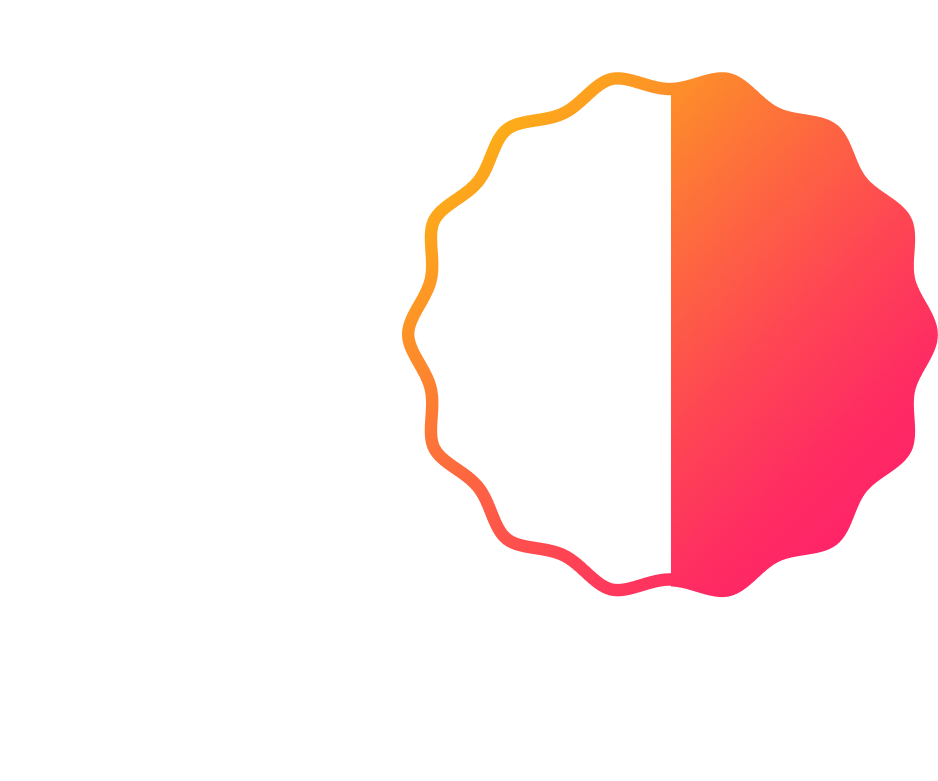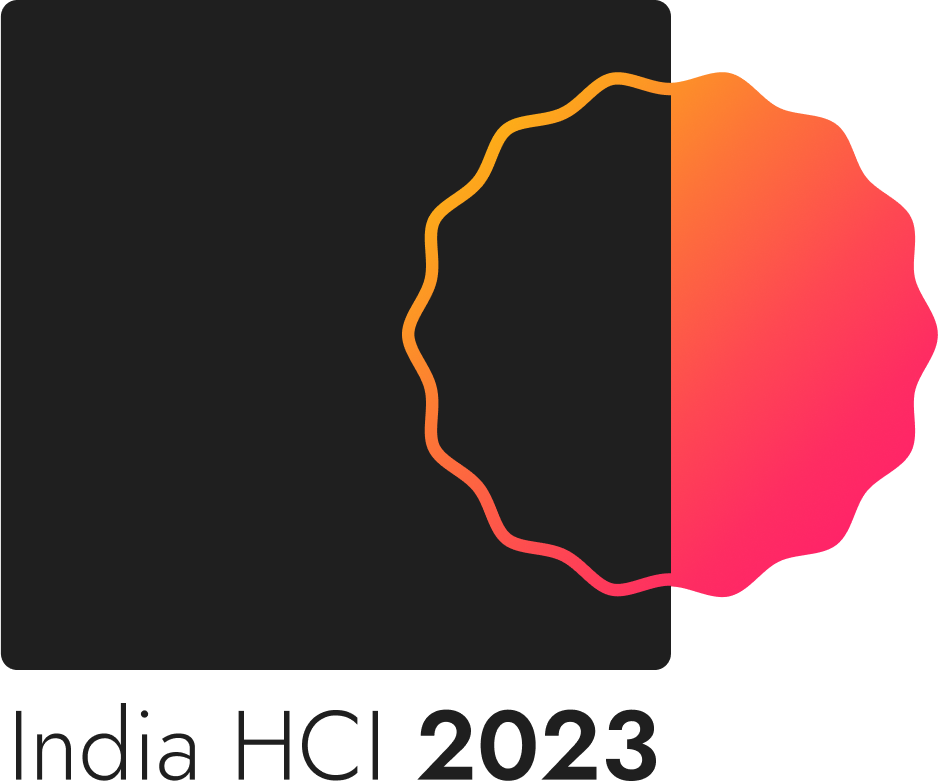Student Design Consortium Chairs

Sajan Pillai
India

Amaltas Khan
India
Student Design Consortium
Submission Deadline (September 30, 2023) is closed.
Welcome to the Student Design Consortium: HCI for Enabling Creativity!
The Student Design Consortium (SDC) invites students from all backgrounds to explore the fascinating intersection of Human-Computer Interaction and Creativity. The theme of this challenge, ‘HCI for Enabling Creativity’, aims to encourage students to envision innovative ways in which HCI empowers individuals to express their creativity through different mediums such as digital art, interactive storytelling, multimedia design, or any other form of creative expression. Under this theme, students will get the opportunity to showcase their design skills and creativity in novel HCI solutions that foster and support creative processes, like developing intuitive user interfaces, incorporating immersive technologies, or reimagining interaction paradigms.
The SDC offers a platform to connect with like-minded individuals and experienced design professionals and academicians. Students will have the chance to expand their network, and gain insights from the experts in the domain. If you are passionate about HCI and are eager to explore the role of technology in enabling creativity, join us in this immersive journey of innovation and imagination.
The tracks for SDC 2023 in line with the theme HCI for Enabling Creativity include, but are not limited to:
- Digital Art and Design
- Interactive Storytelling
- Creative Gaming and Playful interfaces/interactions
- Music and Sound Interaction
- AI and Creativity
- Design for Creative Learning and Education
- Experimental Interfaces
- Creativity through AR, VR, XR or MR
- Multimodal interactions
- Multimedia Content Creation
- Creative tools and applications, etc.
Scope
We encourage students to engage where appropriate, with participatory design or co-creation approaches to evaluate current research or engage with upcoming developments in technology in modeling the relationship between machine intelligence and humans, such as 3D printing, digital fabrication, citizen sensing, the maker movement, AR, VR, MR, AI, machine learning, IoT, new sensors, and actuators, to name a few. We also encourage students to think beyond the existing solution and imagine innovative solutions to the problems proposed in our tracks.
Evaluation
Aligning with the theme of this year, the evaluation criteria for the SDC are framed on the following as the evaluation criteria:
- Does the design intervention align with the design brief/theme?
- Does the intervention use technology in an appropriate and novel way?
- Were analysis, synthesis, design, and evaluation both systematic and sufficient?
- Was the intervention developed far enough to demonstrate the key ideas?
- Did the team explore the entire ecosystem of stakeholders, conditions, and contexts?
- Was the intervention well-crafted and effectively presented?
Submission Format
All papers should be submitted electronically to the India HCI Electronic Submission site through Microsoft CMT Portal.
The submission must have the following FOUR components:
1. Extended Abstract: Teams will submit an anonymized paper following the templates from ACM Microsoft Word Template, LaTeX Template, or Overleaf. We recommend a 1–3-page single column without references, summarizing their design solution and its evolution. Submissions not meeting the page limit or formatting requirements will be disqualified. The paper should clearly describe the novelty and distinguishing characteristics of your work.
2. Explainer Video: Teams must provide a supplementary video (unlisted option) web link of an Open access video less than 5 minutes (should be submitted, which will show the working demo/walkthrough/simulation in appropriate detail). Add the URL to the submission portal & Extended Paper. Please make sure that your video and your URL are anonymized as per the requirements of the track.
Please use original images, videos, and voice recordings for the final video submissions. In case external content (photos, videos, sounds, or music) is used, with appropriate permission or open license, it must be credited to the source at the end of the video.
3. Poster: The poster composition should include a) Name of the Student, b) Affiliation, c) A Design Brief, d) A well-composed representation of the solution, e) High-resolution images, res, in the following format.
- The poster submission should include a PDF/PNG document.
- Full-size poster design in PDF.
- Recommended physical size is 30 X 40 inches.
- Either portrait or landscape.
- Include the Explainer Video Link (mentioned in pt. 2) as QR Code in the poster.
4. Proof of Student Status: All authors must submit a bonafide note signed by their academic supervisor(s)/head of school to (Upload) with the title of their paper as the subject line. Authors working in teams must send their student proof as one zip file. The student proof is used to verify the following:
I. Your university
II. Whether the team members are graduate and/or undergraduate students
All SDC submissions must be made through the Microsoft CMT portal.
Eligibility Guidelines
For this year’s design challenge, the following are the evaluation criteria:
- Teams must consist of at least two, but no more than five students.
- There is no limit to the number of teams that may compete from any given University or organization.
- However, one student cannot be part of multiple teams.
- Submissions are invited from all students at all stages of their university careers, from undergraduate to postgraduate (Masters and PhDs).
Review and Selection Process
Each submission will be reviewed through a double-blind peer-review process. This will be done by at least three independent reviewers (experts in the relevant area that are not on the review committee) followed by a meta-review (from the review committee).
Important Dates
- September 30, 2023: Submission deadline
- October 16, 2023: Acceptance notification
- October 23, 2023: Final Camera-ready versions due and at least one author must register for the conference



